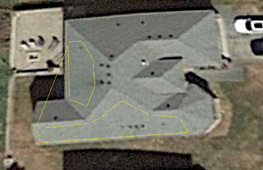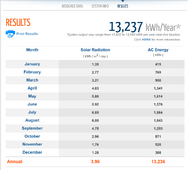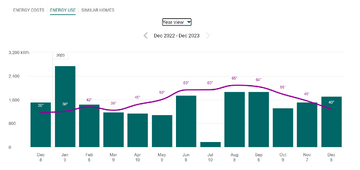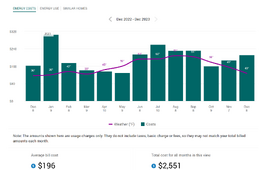CloudyDaze
New Member
Hello everyone i am new here.
Wanting to go solar but so many options i am lost a bit..
Wondering if anyone would be able to shed some light to help me come up with a plan.
I live in Washington State, Northwest corner of the state.
I want to DIY it all.
Want to do Grid tie in with batteries later.
i believe my power company (PSE) does net meter 1for1 and any remaining credits are erased at the end of March yearly.
200amp panel currently.
Roof has a 30 degree pitch
Also would like to take advantage of the 30% tax credit if possible.
Was thinking 12Kwh panels.
just lost on inverter vs micro inverter etc
Roof Shingle brackets
Basically everything
Any help would be appreciated




Wanting to go solar but so many options i am lost a bit..
Wondering if anyone would be able to shed some light to help me come up with a plan.
I live in Washington State, Northwest corner of the state.
I want to DIY it all.
Want to do Grid tie in with batteries later.
i believe my power company (PSE) does net meter 1for1 and any remaining credits are erased at the end of March yearly.
200amp panel currently.
Roof has a 30 degree pitch
Also would like to take advantage of the 30% tax credit if possible.
Was thinking 12Kwh panels.
just lost on inverter vs micro inverter etc
Roof Shingle brackets
Basically everything
Any help would be appreciated




Last edited:




